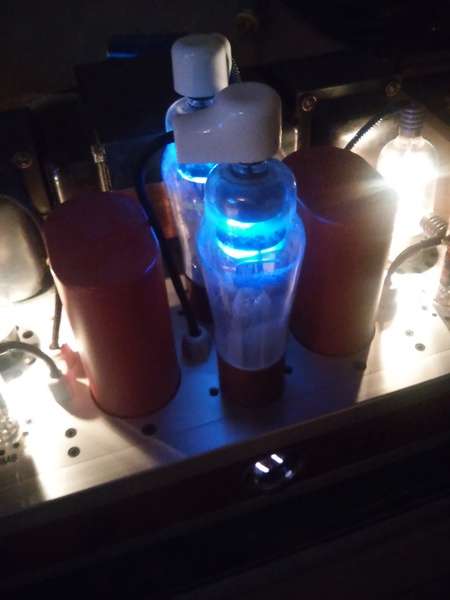pcarnut
Well-known member
Got a problem. Watched the video, and had a question. On my '14, the #1 TB is marked with the white paint. While doing the adjustment I failed to notice that my carb stix (old mercury type) had gotten bubbles in some of the columns and given me a false reading so dummy me adjusts the #1 screw to get the columns even. I've now got a lean type stumble at light throttle (around 2500 rpm), or when chopping the throttle and rolling back on, just like my '07 used to have and it's driving me nuts. I've since bought a new mercury unit and readjusted the TBs but can't get rid of the stumble.
If memory serves, the factory setting is for the #1 screw to be all the way shut, no? Trying to figure out how I can get back to stock setting on the #1 TB. Would really appreciate any help on this.
If memory serves, the factory setting is for the #1 screw to be all the way shut, no? Trying to figure out how I can get back to stock setting on the #1 TB. Would really appreciate any help on this.




